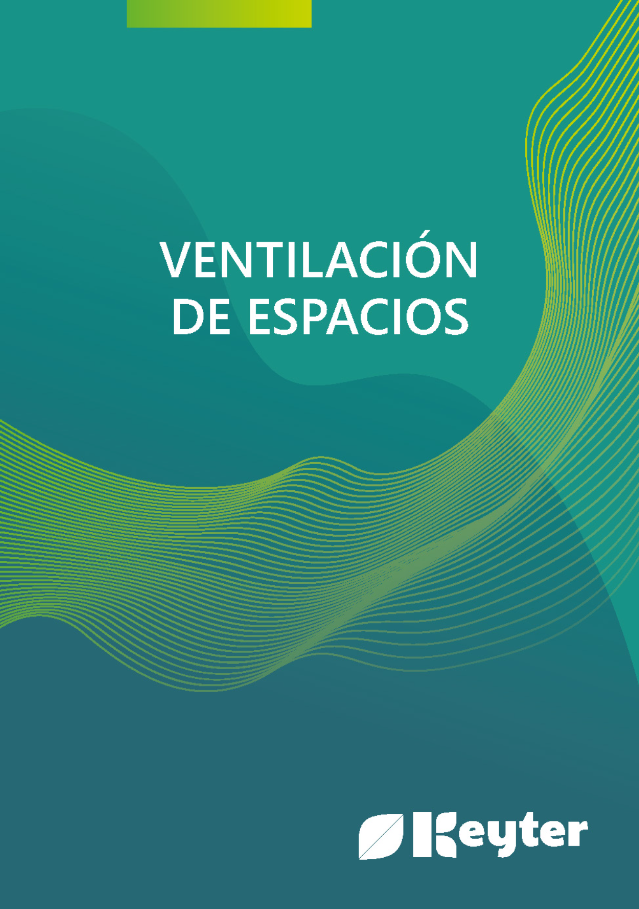NEWS • 25.10.2023
Ventilation in Hospitals, Pools, Industry, and more in KEYTER’s New Technical Book.
At KEYTER, we have identified the need to create a document that consolidates the possible scenarios that HVAC Technicians may encounter when calculating the ventilation requirements for a room. Residential spaces have been excluded from this document as they fall under the Technical Building Code (CTE).
After gathering all the existing regulations and standards related to this topic, the Ventilation Manual has been developed with the following structure:
- RITE – ROYAL DECREE 1027/2007. A comparison of existing methods and their peculiarities, with special attention to the use of Metabolic Rate (MET).
- HOSPITAL VENTILATION. A brief and focused introduction to areas that should be under positive or negative pressure.
- VENTILATION OF HEATED POOLS. An installation type that hasn’t been clearly defined in RITE and can lead to misunderstandings.
- INDUSTRIAL VENTILATION. An extensive field with diverse scenarios and high exposure risks.
- CLEAN ROOMS AND CONTROLLED ENVIRONMENTS. A brief description of classification and their specific needs.
- UNE EN 16798. The future is already here and how it will impact our new designs.
- ANNEX I AIR TYPES. Properly applying these terms is crucial for establishing consistent criteria.
- ANNEX II OCCUPANCY ASSESSMENT. A common issue in designs where the occupancy isn’t specified.
- ANNEX III METABOLIC RATES. A key element for certain installations that hasn’t been adequately applied.
- ANNEX IV EXPOSURE LIMITS. A guide to exposure limits for various contaminants in different environments.
As implied in the structure description, Metabolic Rates and Heated Pools are two aspects that may surprise many.
Now, let’s address the following questions:
– Should a commercial space and a gym, both with IDA 3 classification, be ventilated in the same way?
– It’s evident that users and spectators need ventilation, but should emissions from the water surface in Heated Pools also be ventilated?
The answer to the first question is clearly no. The Metabolic Rates are significantly different. In the first case, they range between 1.2-1.5 MET, while in the second case, they can reach, or even exceed, 10 MET. How should we proceed?
For the second one, the answer is yes, as indicated by RITE. Ventilation for swimmers, spectators, and the water surface should be calculated independently and added together to determine the total ventilation rate. What MET values should be applied to swimmers?
There’s a lot to read and much to answer, and we hope this provides clarity.
More news
Interested in all our news, articles and updates? Read them all and keep yourself updated.


